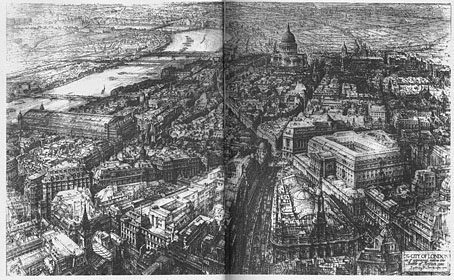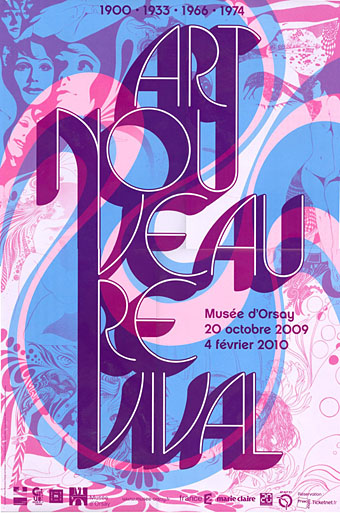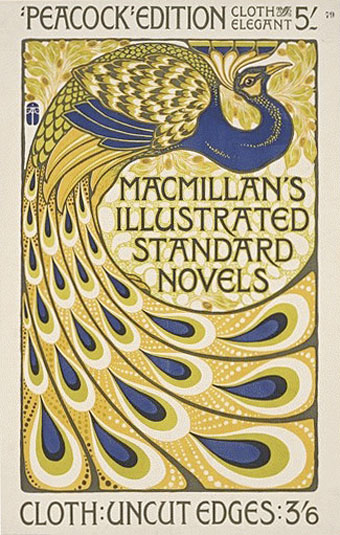Bacon Agonistes | John Richardson on Francis Bacon.
Category: {art}
Art
The art of Sydney R Jones, 1881–1966
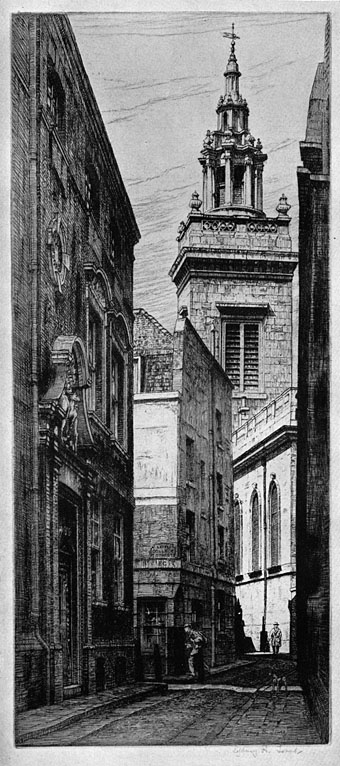
Church of St Michael Paternoster Royal and Innholder’s Hall (1927).
One of the better secondhand book discoveries of the past couple of years was London Triumphant, a collection of etchings and pencil drawings of the city’s streets and buildings by Sydney R Jones. The etchings immediately seized my attention, being the kind of closely-hatched architectural renderings which I enjoy, but the book as a whole is very good as it details the artist’s wanderings with a young student friend through the city. Jones established himself as an illustrator of books with titles like The Manor Houses of England and The Charm of the English Village. His London book appeared in July 1942 and collected many of his earlier views of the city as a deliberate morale boost for the populace who were watching the capital’s historic buildings yield to the bombs of what he calls “the foul Hun”. Jones catalogues the destruction with dismay as he recounts the history of the city from Roman times but ends on a note of defiant optimism, wondering what new metropolis might rise from the destruction. He mentions in passing that cult locale of mine, the Essex Street Water Gate, but doesn’t provide a drawing unfortunately. The book proved to be very popular, and the copy I found is a fifth printing from 1947.
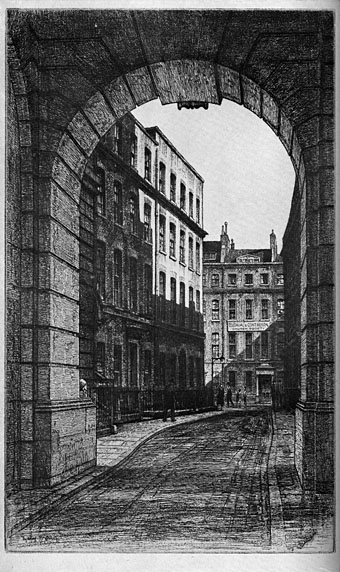
Serjeant’s Inn, Fleet Street (1926).
This week’s book purchase was a welcome find, then, being London Triumphant‘s sequel, Thames Triumphant, in which Jones follows the course of the river from its spring at Coberley, through Oxford and on down to Greenwich. There aren’t as many dramatic views this time, and many of the country scenes have that kind of polite blandness about them which you find in much book illustration of the period. But Jones does provide a couple of his speculative and spectacular views over the city, including the one below which shows the City of London as it was in 1939. Much of the foreground was bombed flat during the war so a drawing such as this provides a valuable record of how London’s financial centre looked before the arrival of the Luftwaffe and the office blocks. Jones lived to see much of the subsequent reconstruction—I can’t help but wonder what he made of it all.
The City of London, 1939; click for a bigger view.
Elsewhere on { feuilleton }
• The etching and engraving archive
• The illustrators archive
Previously on { feuilleton }
• Pite’s West End folly
• Jessie M King’s Grey City of the North
• Architectural renderings by HW Brewer
• The Essex Street Water Gate, London WC2
Demons and beefcake – the other side of Francis Bacon
Art Nouveau Revival 1900 . 1933 . 1966 . 1974
It was the slightly gamy residue of the super-elegant and exotic pictures of Aubrey Beardsley. I have always considered the 1900 period as the psycho-analytical end-product of the Greco-Roman Decadence. I said to myself: Since these people will not hear of aesthetics and are capable of becoming excited only over “vital agitations”, I shall show them how in the tiniest ornamental detail of an object of 1900 there is more mystery, more poetry, more eroticism, more madness, perversity, torment, pathos, grandeur and biological depth than in their innumerable stock of ugly fetishes, possessing bodies and souls of a stupidity that is simply and uniquely savage!
Salvador Dalí, The Secret Life of Salvador Dalí (1942).
More from Paris, whereupon it becomes necessary to ask: how much more groovy could this poster be? And the answer is none. None more groovy. Art Nouveau Revival 1900 • 1933 • 1966 • 1974 is an exhibition running at the Musée d’Orsay, Paris, which traces the echoes of Art Nouveau through Surrealism into the revival of the 1960s.
Poster by Albert Angus Turbayne for Macmillan’s illustrated Standard Novels (1903).
Rejected and scorned in the decades following its brief flowering, Art Nouveau was spectacularly rehabilitated in the 1960s. This re-evaluation offers a particularly interesting interlude in the history of style in that many different areas were affected at the same time by this phenomenon: the history of art, the art market, contemporary creative work, particularly design and graphics.
There’s further detail here, along with photos of some of the exhibits. Verner Panton’s Visiona II makes another appearance and in addition to Dalí and company there’s the magic word “psychedelic”. The exhibition runs until February 4, 2010, and there’s a catalogue co-written by the V&A’s fin de siècle expert Stephen Calloway which I’m going to have to buy. Via.
Previously on { feuilleton }
• Beardsley at the V&A
• Michael English, 1941–2009
• Temples for Future Religions by François Garas
• Antonin Mercié’s David
• Art Nouveau illustration
• Dirty Dalí
• Verner Panton’s Visiona II
• Flowers of Love

